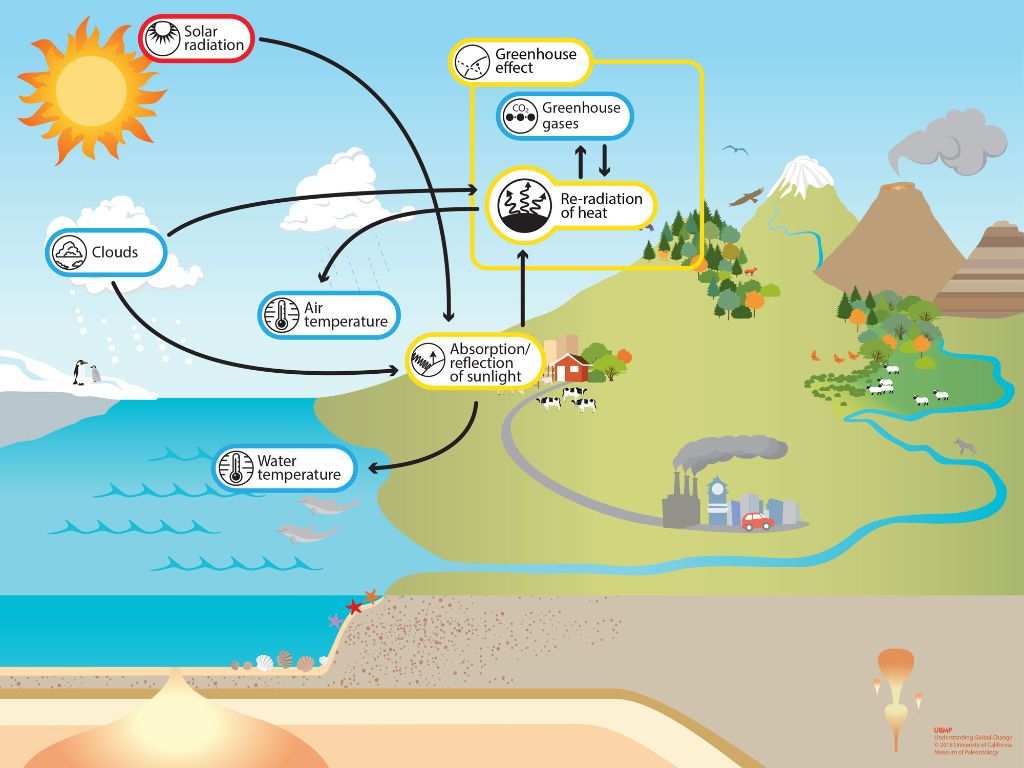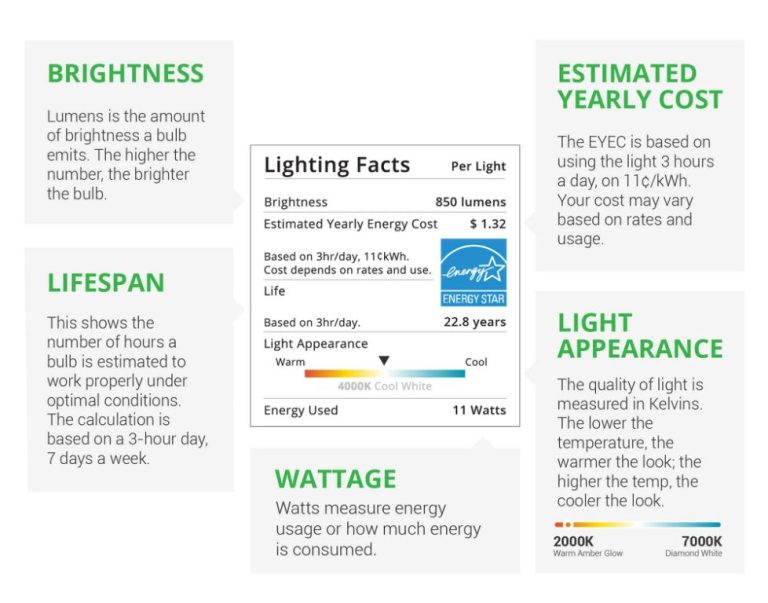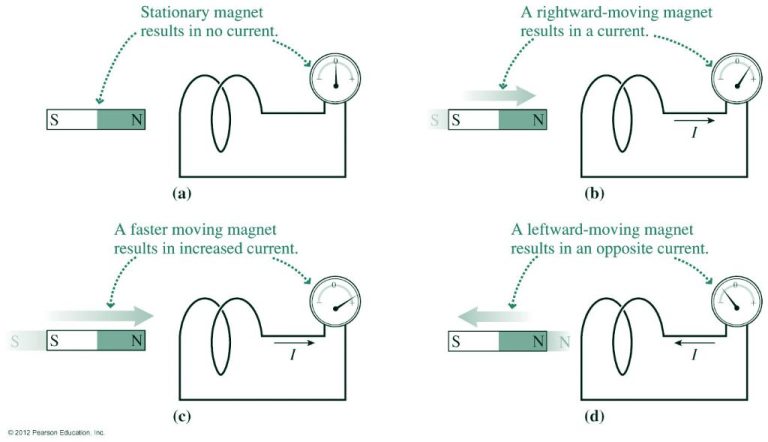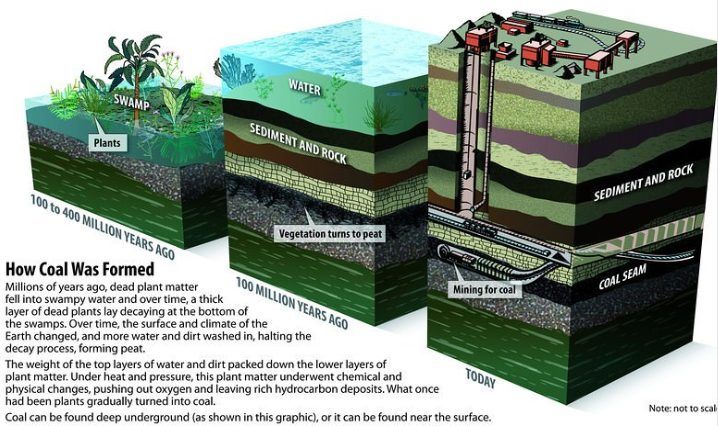Which Form Of Energy Can Be Connected Closely To Climate Change?
Fossil Fuels

The burning of fossil fuels like coal, oil, and natural gas is the largest contributor to climate change, accounting for over 75% of global greenhouse gas emissions according to the UN (https://www.un.org/en/climatechange/science/causes-effects-climate-change). Fossil fuels emit greenhouse gases like carbon dioxide and methane when burned for energy in transportation, electricity generation, industry, buildings, and agriculture. The IPCC has found that 89% of CO2 emissions come from fossil fuel combustion (https://www.clientearth.org/latest/news/fossil-fuels-and-climate-change-the-facts/). These greenhouse gases trap heat in the atmosphere, causing global temperatures to rise and driving climate change and its impacts.
Transportation
The transportation sector is one of the largest contributors to greenhouse gas emissions in the United States. According to the EPA, in 2020, the transportation sector was responsible for 27% of total U.S. greenhouse gas emissions.1 The majority of these emissions come from burning fossil fuels like gasoline and diesel to power cars, trucks, planes, trains, ships and other vehicles.
Cars and trucks alone accounted for nearly 60% of US transportation emissions in 2020.2 These vehicles rely almost exclusively on gasoline and diesel, releasing carbon dioxide, methane and nitrous oxide. Aviation accounted for 9% of transportation emissions, while ships and boats contributed 2%.
Transportation is one of the harder sectors to decarbonize, as many vehicles still lack affordable clean energy alternatives to petroleum. However, improvements in fuel economy, increased use of biofuels, and adoption of electric vehicles can reduce emissions substantially over time.
Electricity
Electricity production is a major source of carbon dioxide emissions, primarily from burning fossil fuels like coal and natural gas. In the United States, the electric power industry accounted for about 33% of total energy-related CO2 emissions in 2022 (EIA).
Coal and natural gas power plants are significant contributors to electricity-related emissions. According to the EIA, coal-fired power plants emit between 0.9 and 1.2 pounds of CO2 per kilowatt-hour generated, while natural gas emits between 0.6 and 0.7 pounds per kWh (EIA). This is because both coal and natural gas combustion releases carbon dioxide as a byproduct.
Coal produces higher emissions per unit of energy because of its higher carbon content compared to natural gas. However, natural gas-fired power plants account for a larger share of electricity generation in the U.S. As a result, both fuel sources make up a significant portion of power sector emissions.
Transitioning to low-carbon and renewable energy sources like wind, solar and nuclear can help reduce electricity-related emissions. Improving efficiency at existing fossil fuel plants can also curb CO2 output. But coal and natural gas will likely remain major contributors to power sector emissions in the near future.
Industry
Industrial activities like manufacturing, construction, and resource extraction are major contributors to climate change through their greenhouse gas emissions. Factories and industrial facilities often rely heavily on fossil fuels to power their operations and produce goods. The production of cement, steel, plastics and other common materials in factories requires huge amounts of energy and leads to CO2 emissions.
The operation of power plants, oil refineries, chemical plants and other industrial facilities also emit greenhouse gases like methane. Construction equipment such as excavators, dump trucks and cranes burn diesel fuel and emit particulate matter and other pollutants.
Resource extraction activities like mining and drilling for oil and natural gas release methane through venting and flaring. The disruption of ecosystems to facilitate resource extraction also contributes to climate change through loss of carbon sink capacity.
Transitioning factories and industrial facilities to renewable energy sources, improving energy efficiency in processes and equipment, and capturing/storing emissions are important steps to reduce the climate impact of industry. Construction projects can also utilize lower-emission equipment and materials.
Buildings
Buildings account for a significant portion of global energy consumption and greenhouse gas emissions. According to the International Energy Agency (IEA), the building sector was responsible for nearly 40% of global energy consumption and 30% of energy-related CO2 emissions in 2020 https://www.iea.org/energy-system/buildings. The main drivers of energy demand and emissions from buildings are heating, cooling, lighting, and appliance use.
Heating and cooling represent the largest share of building energy consumption. In colder climates, heating consumes the majority of energy, while in warmer climates, cooling is the predominant end use. Common heating systems include furnaces, boilers, and heat pumps. Cooling is provided by air conditioners and chillers. Improving insulation, windows, building envelopes, and using more efficient equipment can reduce energy needs for thermal conditioning. Lighting is another major electricity load, so switching to LEDs and controls like occupancy sensors and daylight harvesting can cut lighting energy use https://www.architecture2030.org/why-the-built-environment/.
According to the UN Environment Program, buildings construction and operations accounted for 37% of global CO2 emissions in 2020, reaching record levels https://www.unep.org/news-and-stories/press-release/co2-emissions-buildings-and-construction-hit-new-high-leaving-sector. Transitioning to renewable energy sources, enhancing efficiency, and designing net zero energy buildings will be critical to reducing emissions from the buildings sector.
Agriculture
Agriculture contributes a significant amount of greenhouse gas emissions through both crop and livestock production, as well as soil and nutrient management practices. According to the US EPA, agriculture accounted for 10.3% of total U.S. greenhouse gas emissions in 2019, making it a major source of emissions contributing to climate change.
Livestock such as cattle, sheep, and goats produce methane gas as part of their normal digestive processes. Methane is more potent than carbon dioxide as a greenhouse gas. Practices like improved feeding can help reduce emissions from livestock. According to the USDA (https://www.ers.usda.gov/topics/natural-resources-environment/climate-change/), emissions can also be reduced through feed supplements and additives, as well as better livestock genetics and breeding.
Tillage, fertilization, crop residue burning, and other soil management practices release carbon dioxide, nitrous oxide, and methane into the atmosphere. Tillage aerates soil but also releases stored carbon. Reduced tillage and no-till practices help soils store more carbon. Proper fertilizer usage and manure management can also reduce emissions of nitrous oxide. According to the RFF (https://www.rff.org/publications/explainers/agricultural-greenhouse-gas-emissions-101/), improved fertilizer placement and usage helps reduce emissions.
Gasoline and diesel used to power farm equipment and machinery is another agricultural source of greenhouse gas emissions. Shifting to renewable diesel, biodiesel, or electric powered equipment can help reduce these emissions associated with crop production.
Land Use
Land use changes like deforestation and urbanization are major contributors to greenhouse gas emissions. According to the IPCC, the “Agriculture, Forestry and Other Land Use (AFOLU)” sector accounts for around 13% of all human-caused greenhouse gas emissions globally (https://unfccc.int/topics/introduction-to-land-use).
Deforestation is a major concern, as cutting down forests releases the carbon stored in trees and reduces forests’ ability to absorb CO2 from the atmosphere. Between 1990 and 2020, net forest loss is responsible for approximately 8.1 gigatonnes of CO2 emissions per year (https://www.carbonbrief.org/guest-post-how-land-use-drives-co2-emissions-around-the-world/).
Urbanization and the growth of cities also drives land use change emissions, as vegetation and carbon stocks are removed to make way for buildings and infrastructure. The IPCC estimates that the conversion of forests and grasslands to urban land uses accounts for around 0.2 GtCO2 per year (https://unfccc.int/topics/land-use/workstreams/land-use–land-use-change-and-forestry-lulucf).
Renewables
Renewable energy comes from natural sources or processes that are constantly replenished. Switching to renewable energy sources is a key strategy to reduce greenhouse gas emissions and combat climate change. Some major types of renewable energy include:
Solar
Solar power harnesses energy from the sun to generate electricity and provide lighting, heating and cooling. Solar energy can be used through technologies like solar photovoltaic panels and solar water heaters. Solar is clean, renewable and abundant, and will be crucial to the global transition to sustainability. As per UN reports, solar energy could provide over 25% of global electricity by 2050.
Wind
Wind power utilizes the airflow through wind turbines to mechanically power generators for electricity. Wind energy produces no greenhouse gas emissions during operation and is a fast-growing renewable source of electricity. Offshore wind farms can provide abundant clean power near major coastal cities.
Geothermal
Geothermal energy taps into the natural heat within the earth to provide sustainable heating and electricity. It can be accessed directly via geothermal hot water or steam from underground reservoirs, or indirectly by using heat pumps to harness shallow ground energy. Geothermal energy is constant, has a small footprint, and releases little emissions.
Hydroelectric
Hydropower converts the energy of flowing water into electricity using turbines. It generates over 16% of the world’s electricity from facilities ranging from large dams to small run-of-river plants. Hydropower is affordable, domestic, and greenhouse gas-free, but does impact local ecosystems.
Transitioning to renewable sources like solar, wind, geothermal and hydroelectric energy will be critical to mitigating climate change while sustainably meeting the world’s energy needs.
Energy Efficiency
Energy efficiency refers to using less energy to provide the same service. There are many technologies and best practices that can dramatically reduce energy usage in buildings, transportation, industry and other sectors. According to the International Energy Agency, energy efficiency improvements accounted for over 40% of the reduction in energy-related CO2 emissions since 2000 (IEA).
Some examples of energy efficiency improvements include:
– Building automation systems to optimize heating, cooling, lighting and ventilation
– High efficiency appliances, lighting, HVAC systems
– Improved building insulation, windows and air sealing
– Fuel efficient vehicles including electric cars
– Industrial process improvements and co-generation systems
– Smart meters and grid technologies to smooth energy usage
Government standards have played a key role in driving more efficient lighting, appliances, vehicles and buildings. For example, modern refrigerators use about 25% of the energy compared to the 1970s due to efficiency standards (Department of Energy). Continued improvement of codes, equipment standards and best practices provide a major opportunity to reduce emissions and energy costs.
Individual Actions
Individual actions and behavior change are critical for addressing climate change. Small changes in our daily lives can significantly reduce greenhouse gas emissions when adopted widely. Here are some impactful steps individuals can take:
Reduce energy use at home by adjusting thermostats, installing energy efficient appliances and light bulbs, and unplugging electronics when not in use. Home energy use accounts for 20% of emissions in the US (https://www.epa.gov/ghgemissions/sources-greenhouse-gas-emissions#t1fn2).
Walk, bike, carpool or use public transportation instead of driving alone. Transportation makes up the largest share of greenhouse gas emissions from individual choices (https://www.epa.gov/ghgemissions/sources-greenhouse-gas-emissions#t1fn2).
Eat less meat and dairy, which generate more emissions per calorie than plant-based foods. Shifting diets could reduce agricultural emissions by nearly 8 billion metric tons per year (https://drawdown.org/solutions/plant-rich-diets).
Buy less new stuff and reduce waste by reusing, repairing, and recycling. Manufacturing new products accounts for 12% of emissions globally (https://www.epa.gov/ghgemissions/global-greenhouse-gas-emissions-data).
Use your purchasing power to choose companies with sustainable practices and products with eco-friendly packaging and low lifecycle emissions. Consumer choices influence how companies operate.
Spread awareness and urge elected officials to enact climate-friendly policies. Civic engagement creates political pressure for legislative action on climate change.




